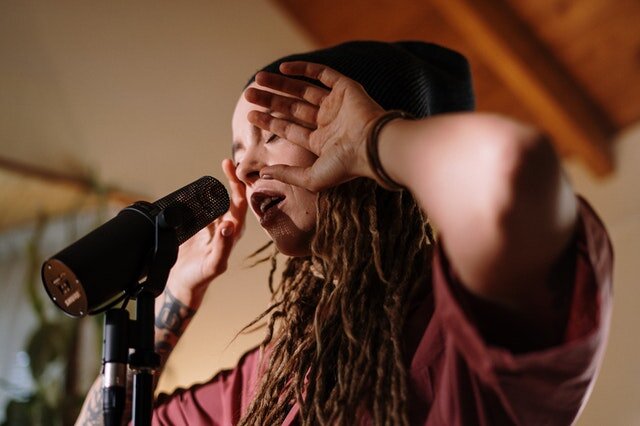Recording ADR Remotely: Challenges
With many TV shows, films, and audiovisual projects being postponed because of the COVID-19 pandemic, studios are now seizing this time off to give their projects some final touches before their premiere.
Many audio post-production studios have seen a surge in ADR requests from production all over the world. Films, TV and more all require ADR services; but given the current situation, it is the first time they have had to produce ADR remotely, which, of course, might be a bit scary as there plenty of things that could go wrong.
Actors, on the other hand, are also not used to doing ADR work from their own home or their own recording studio. Traditionally, they will come down to a professional post-production studio with a sound professional present. Under different conditions, there are plenty of additional factors to consider, so, how to approach this from the remote perspective?
What is ADR?
ADR stands for ‘Automated Dialogue Replacement’. This is perhaps a bit misleading because there’s nothing automated about it. In fact, it is a rather time-consuming process an actor will ever have to go through.
ADR is, from a technical perspective, the process of syncing up dialogue to the moving images on a screen. Sometimes, if the script has been changed, the lines might differ from what the actor is saying on screen, or if the original dialogue wasn’t recorded clearly on set, the actor needs to go over them directly from the studio.
For example, almost all of the dialogue in high budget fantasy or superhero films is ADR given the amount of background noise on sets from the special effects or the props. In fact, a whopping 90% of The Lord of the Rings had the original dialogue replaced with ADR.
What’s the usual process for recording ADR?
For non-sync ADR, the process is essentially the same as the traditional voice over process: an actor records a few takes, then audio professionals and engineers mix them and implement the best ones.
The process for lip-syncing ADR, on the other hand, is definitely broader and more complicated. There is plenty of software given the fact that there are plenty of people involved in it. Thus, there is a lot of pre-production going on to create a comprehensive cue sheet for which lines really need replacing and the exact time codes.
For you to have a solid idea of how much work this really is, bear in mind that a single sentence of ADR can take as much as half an hour to record if the lip movements on the screen are hard to mimic. So, plenty of time also needs to be scheduled with the talent, the engineers, and the studio.
Audio engineers normally create different project files, commonly referred to as sessions in a given software, for the different ADR recordings. In each session, there is a count for each cue’s starting point, normally in the shape of a loud beep or tone. To help the talent record their lines when the time is right, studios usually edit the video, adding a bar that wipes across the screen to help them count too.
So, as you can see, the pre-production process for a single ADR session is highly time-consuming, and also bear in mind that we’re not even recording yet! Audio professionals then sort out the takes, saving the best ones as backups, to be able to cut together the perfectly synced take.
Recording ADR remotely: Challenges
The main challenge when it comes to recording ADR remotely is that, normally, a voice actor will not have an engineer by their side to do all the sessions described above. Stopping and starting recording is pivotal for a successful ADR session. The vast majority of voice actors, when doing a simple (not time-synced) voice over session, will just record a very long file including all the takes and then edit it afterward. This, however, is not possible with fully synced ADR.
The requirement to have the film playing can be tricky to set up. Additionally, ADR is more than just uttering lines —it is really a skill! Live direction can also be rather complex when recording ADR remotely. A voice actor doing this by themselves at their own home studio will have, at least, three things to consider: the video, the performance, and the live direction. Under regular circumstances, an actor only worries about their performance, whereas in today’s remote situation they have to manage all the technical side of things as well.
As for the software, the talent needs to either purchase or be provided with a decent DAW and high-quality microphones in order to be able to complete this process. Now, there is plenty of software an actor can use for this, but it is paramount that they have the right equipment.
Unlike synced-ADR, non synced ADR is just a traditional voice-over process, and recording lines are much simpler and won’t require as much equipment.
*The images used on this post are taken from Pexels.com


